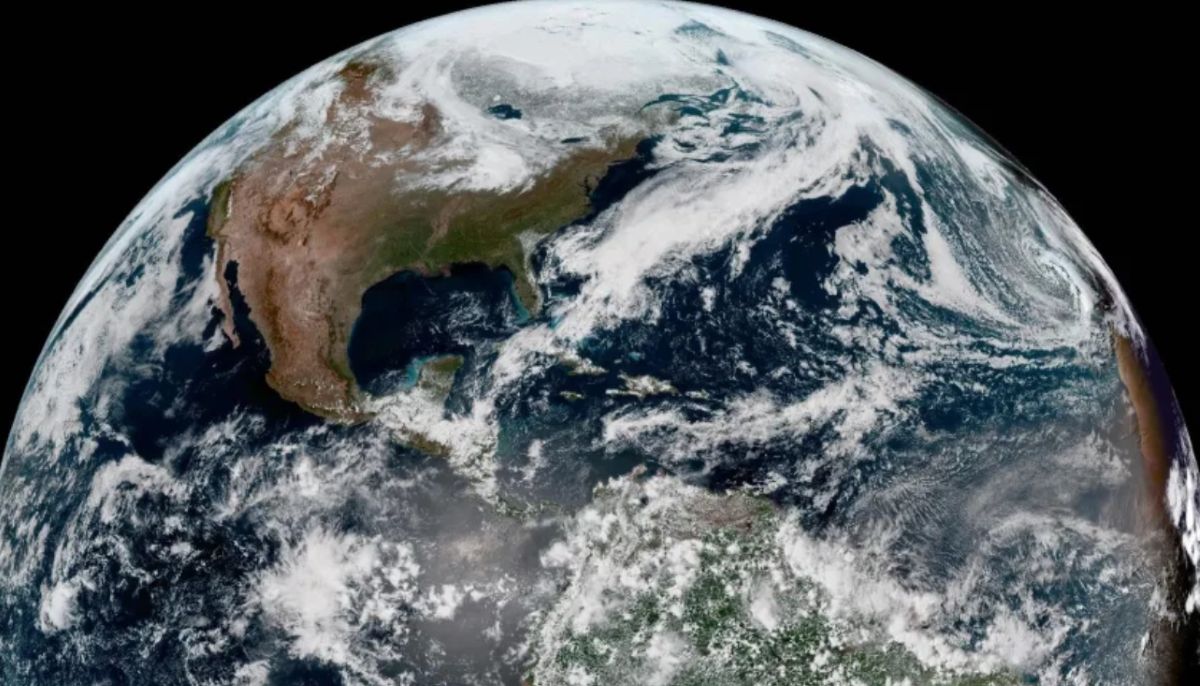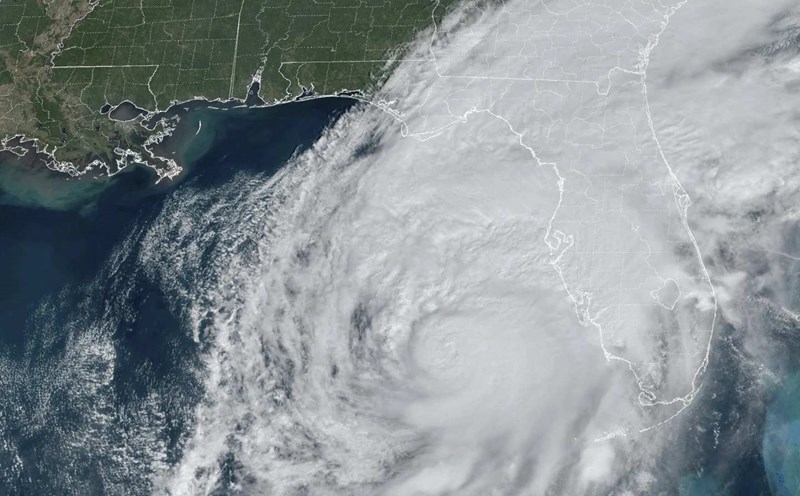After being first revealed at the beginning of the year, the La Nina phenomenon - a natural climate model that is likely to have a strong impact on global weather - has officially ended quickly and unusually, according to the latest report from the US National Oceanic and Atmospheric Administration (NOAA).
Currently, both La Nina and its opposite phase, El Nino, are no longer present. Instead, the world is entering a neutral ENSO period, which is expected to last through spring, summer and at least until the beginning of this year's fall.
However, although La Nina has officially "defeated", its traces may still be scattered in the atmosphere. CNN quoted science Michelle L'Heureux at the US Climate Prediction Center as saying that it is difficult to date the remaining impact of La Nina, but it is certainly not a big deal.
Although the vicious atmospheric signs of La Nina have appeared since last fall, colder-than-average sea temperatures - a clear sign of this phenomenon - have only begun to be recorded at the end of the year. And when it has gathered enough conditions, La Nina can only last for a few short months.
Compared to previous cycles that have lasted all year, or even longer, this year's La Nina is considered by experts to be the "strangeest and shortest" in many years.

La Nina often increases the number of storms in the Atlantic, while El Nino tends to limit this activity. But without both, things become much more unpredictable.
The 2025 Atlantic hurricane season, which starts in June, will fall at this neutral time. The rate of maintaining neutrality through the peak of the storm season ( mid-August to mid-October) is assessed at 50/50.
However, a worrying factor is changing: global ocean temperatures remain extremely high, due to the heat accumulation effect of climate change and greenhouse gas emissions. 90% of the excess heat from burning fossil fuels has been "swallowed" by the ocean. This causes the ocean to become unusually warm and maintain that state for a long time.
Last year, even as El Nino turned neutral, the ocean was still warm enough to create a severe hurricane season with 18 named storms, of which 11 strengthened into super typhoons. Five of these storms - including Helene and Milton - directly hit the United States and left behind heavy damage.
Forecasts from the Climate Prediction Center show that much of the US will see above-average temperatures this spring and summer. The exception is only in the Northwest Pacific and some northern regions.
World weather enters an unpredictable period. The absence of both La Nina and El Nino puts meteorologists in a position to "discerate for sure". Weather forecast models are still being updated weekly to clarify possible scenarios, especially for the 2025 typhoon season and global temperatures.











